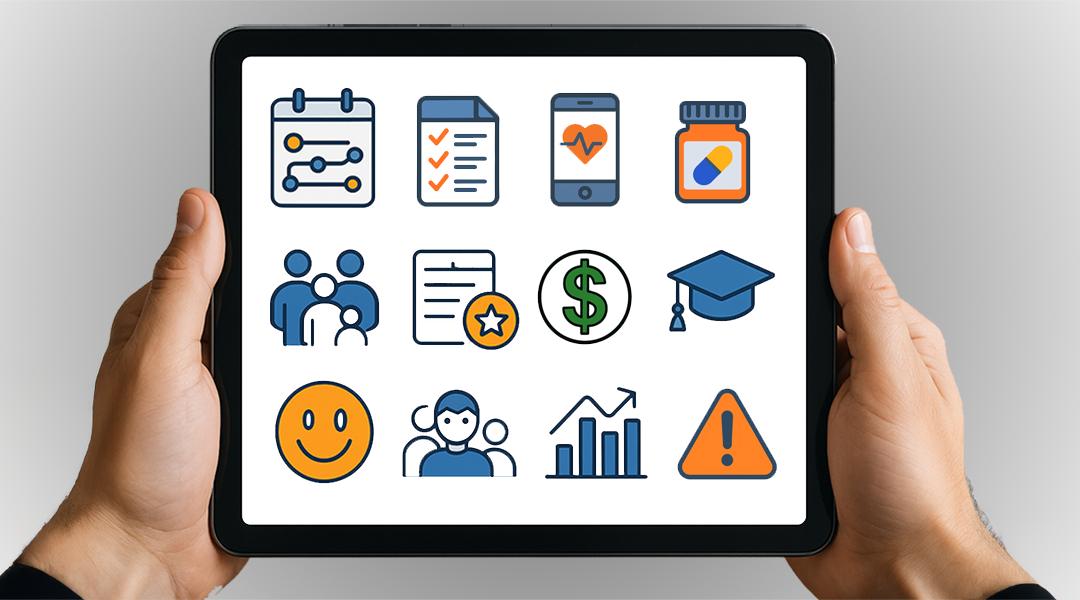September 18, 2025 — The home health care industry has exploded from a $100.95 billion fragmented sector to a $194+ billion technology-enabled ecosystem in just two years. Yet 59% of agencies still identify caregiver shortages as their primary challenge while drowning in administrative burdens that pull them away from patient care.
The economics are brutal: agencies implementing integrated platforms achieve 25-40% efficiency gains, while those stuck in manual operations face accelerating disadvantage as labor costs rise 15-25% and compliance burdens increase 35-45%. With value-based care contracts expanding to 65-75% by 2027 and new cybersecurity requirements demanding billions in infrastructure investment, automation has shifted from luxury to survival strategy.
The question isn’t whether to automate—it’s where to start. The most successful agencies approach this strategically, focusing on high-impact areas that eliminate administrative friction while preserving their caring mission.
Interactive Tool: Navigate the Home Care Automation Landscape
The Home Care Automation Tree below maps 13 critical automation areas that transform home health agencies from manual operations to technology-enabled businesses. With 51% of agencies prioritizing scheduling optimization, this framework shows where AI and automation create measurable value while preserving human-centered care. Neurvana does not currently offer solutions for all these automation areas, nor do we plan to address every need at this time—this tree serves as a comprehensive strategic roadmap for the industry’s digital transformation.

